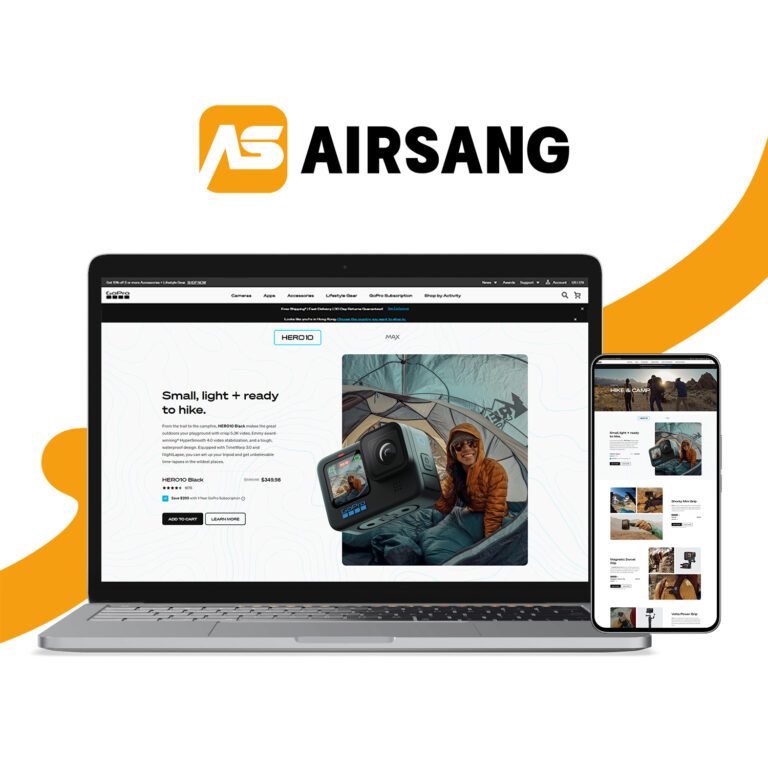How WordPress Reads and Uses Accessible Data

WordPress reads accessible data to deliver dynamic, relevant content to visitors. Understanding this capability is essential for creating websites that are both functional and user-friendly, ensuring every element—from layout to features—works seamlessly.
Understanding “WordPress Reads Accessible Data”
When we say “WordPress reads accessible data,” we refer to how the platform retrieves and processes information stored in its database or available from connected sources. This includes:
- Content data – posts, pages, media files.
- User data – profiles, preferences, and permissions.
- Design-related data – theme settings, widget configurations, and layout structures.
By efficiently reading and organizing this accessible data, WordPress can display tailored content in real time, improve performance, and enhance usability.
Why Accessible Data Matters for Web Design
Enhancing User Experience
Accessible data allows websites to load the right content at the right time—whether it’s showing a blog feed, filtering products, or serving location-based offers. Good web design takes advantage of this by aligning visual layouts with dynamic content delivery.
Improving Performance

Well-structured data reduces loading time. Designers can use this to implement lightweight, responsive elements without sacrificing functionality, ensuring smooth interactions for users.
Supporting Accessibility Standards
By reading accessible data correctly, WordPress can integrate features like alt text for images, ARIA labels, and screen reader compatibility—helping sites meet ADA and WCAG standards.
Integrating “Reads Accessible Data” Into Design Strategy
Data-Driven Layouts
A smart design isn’t just pretty—it adapts to data changes. For example, eCommerce product grids can update automatically when new items are added, keeping the store fresh without manual edits.
Real-Time Personalization

Reading accessible data allows WordPress to customize content based on user roles, preferences, or browsing history—ensuring that visitors see the most relevant information instantly.
Streamlined Content Management
When design and data retrieval are in sync, website owners can update one central database entry, and WordPress ensures the change is reflected across all relevant pages.
How Our Expertise Fits
We specialize in building WordPress sites where design and data work hand in hand. Our approach ensures:
- Optimized database queries to speed up load times.
- Data-aware design that adapts to user behavior.
- Accessible, standards-compliant layouts for inclusivity and SEO benefits.
These strategies make sure that every pixel on the screen serves a purpose—driven by accurate, accessible data.
Conclusion
“WordPress reads accessible data” isn’t just a technical phrase—it’s a foundation for building sites that are efficient, user-friendly, and future-proof. When web design leverages this capability, the result is a seamless experience that resonates with users and boosts engagement. For tailored solutions that unite strong design with smart data handling, partner with AIRSANG DESIGN.
















